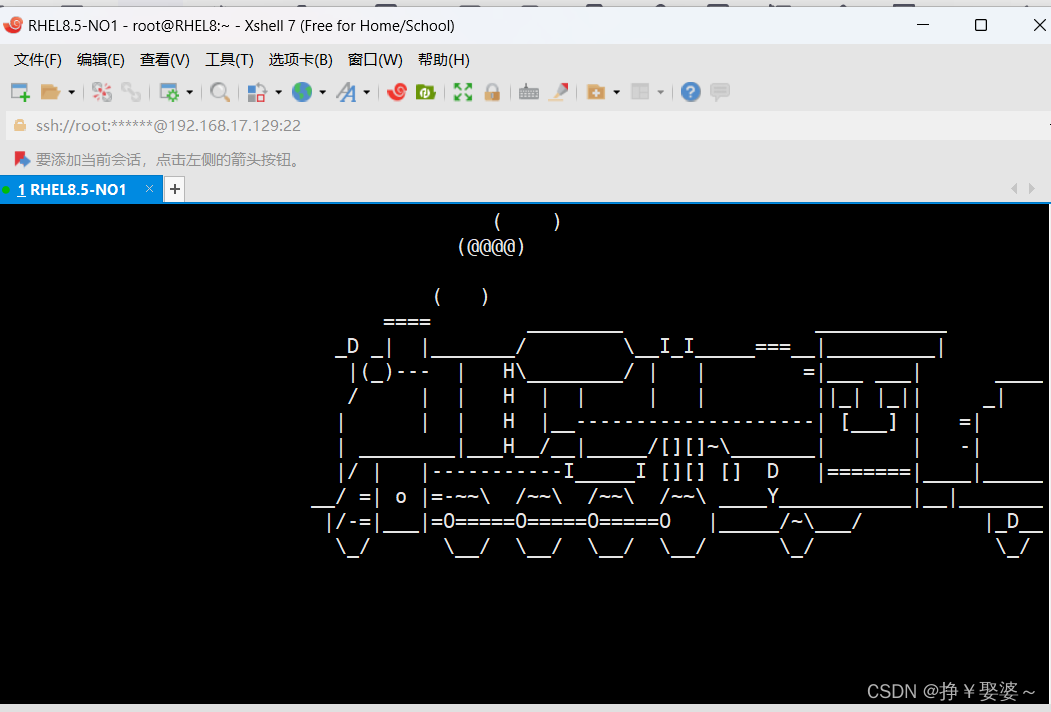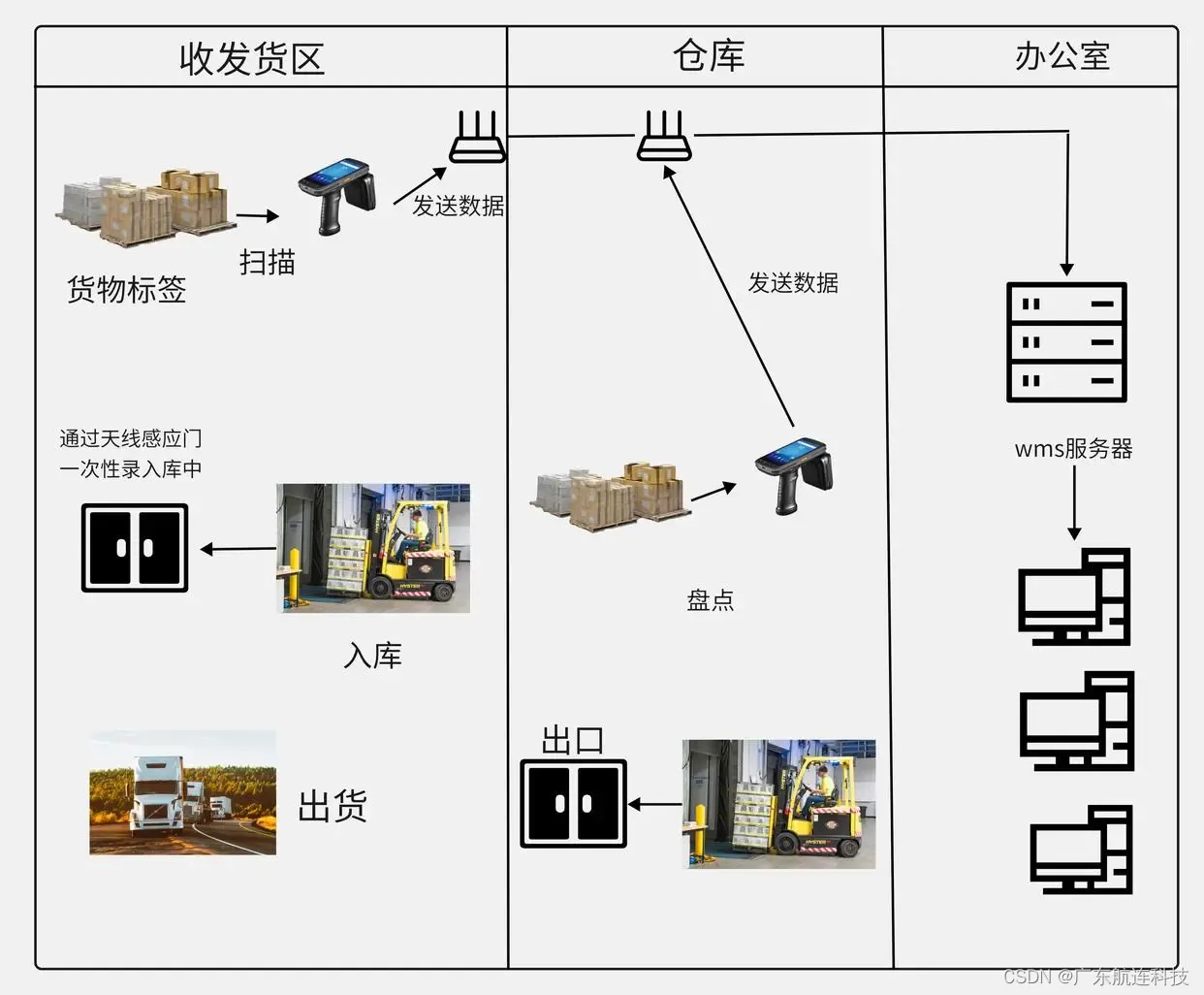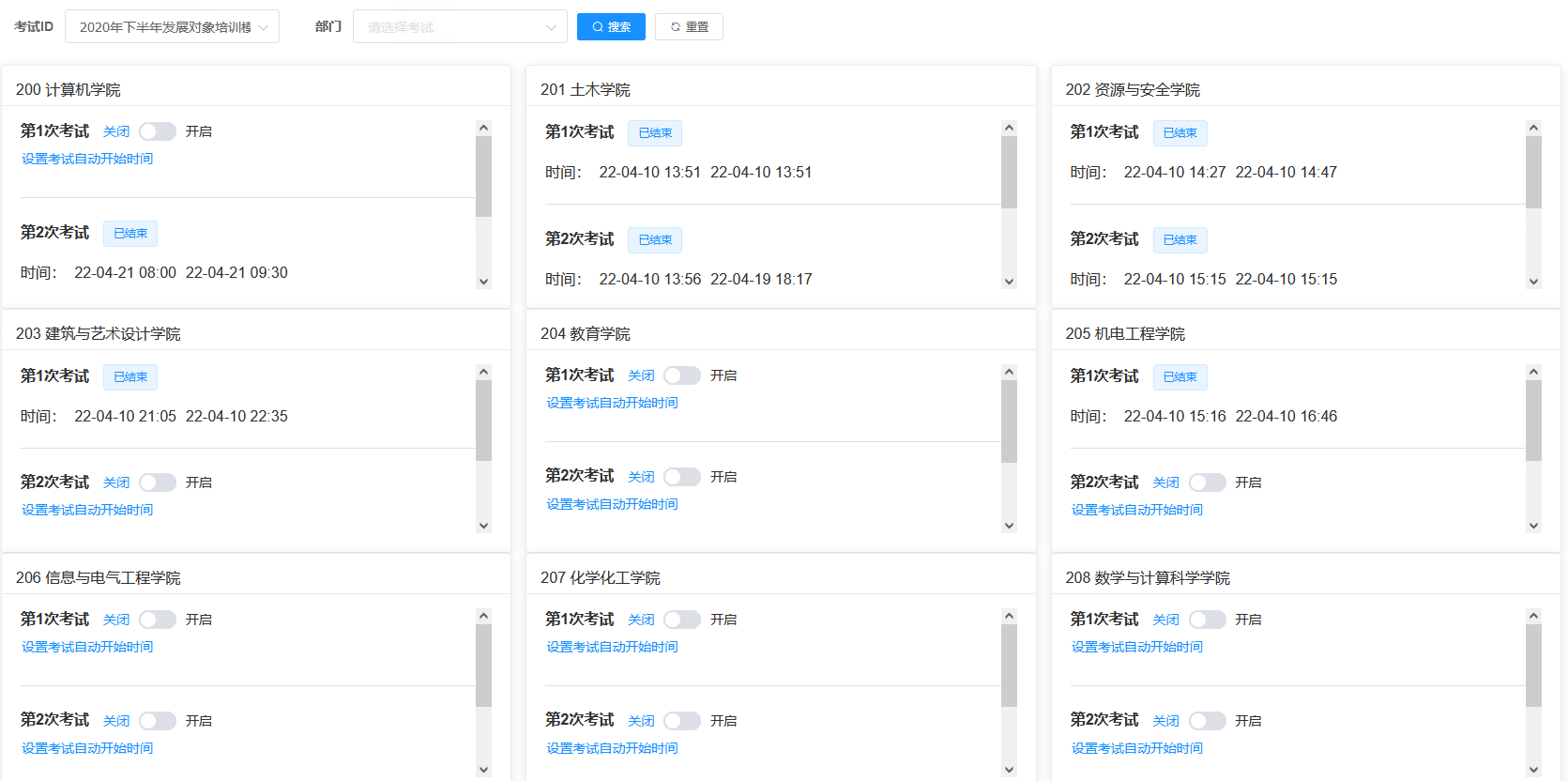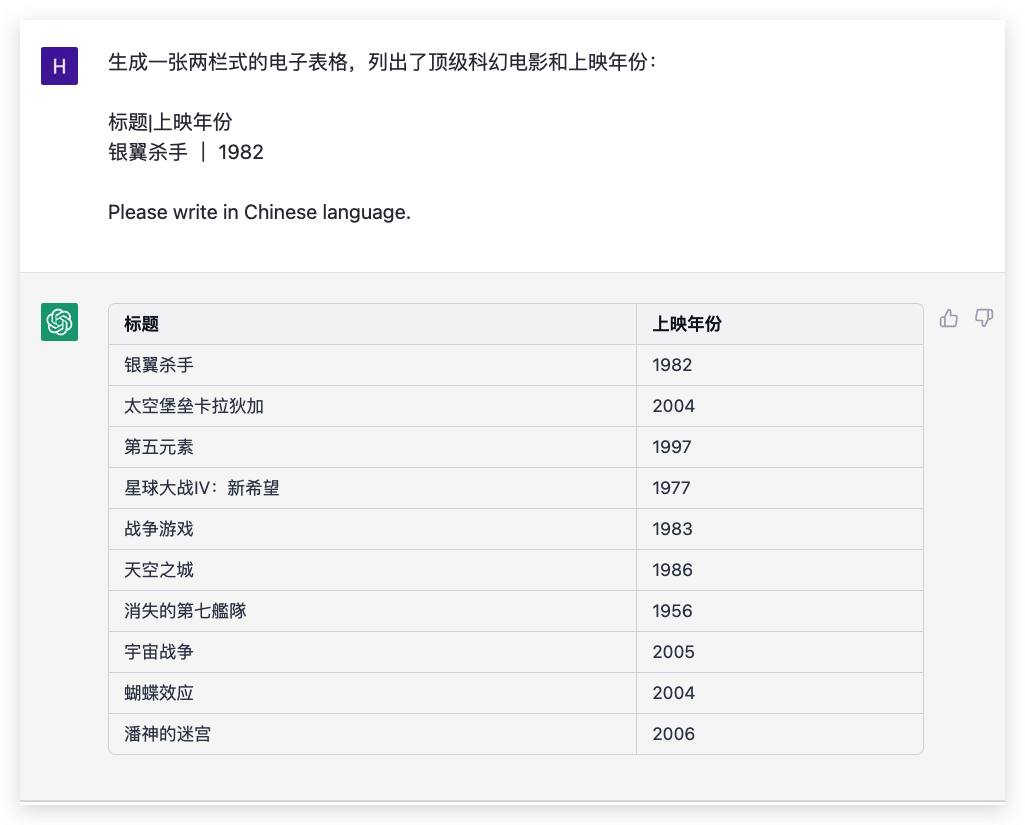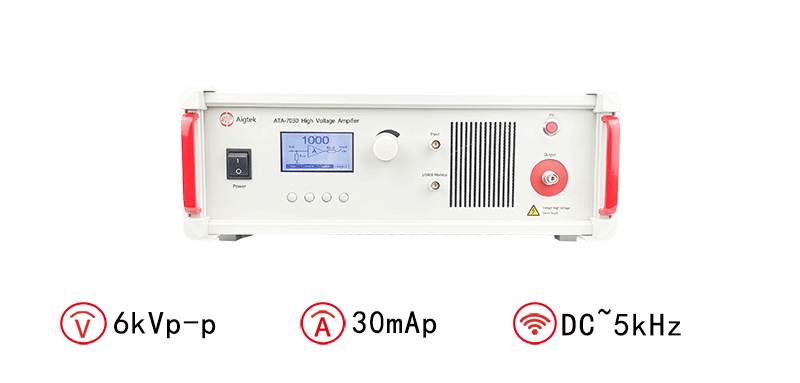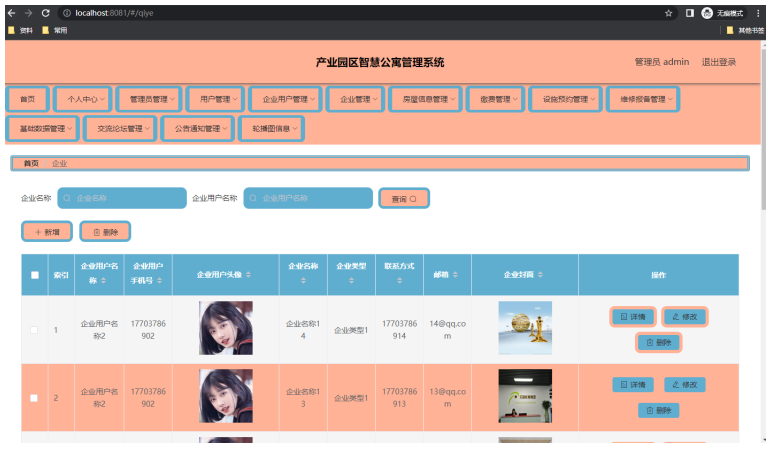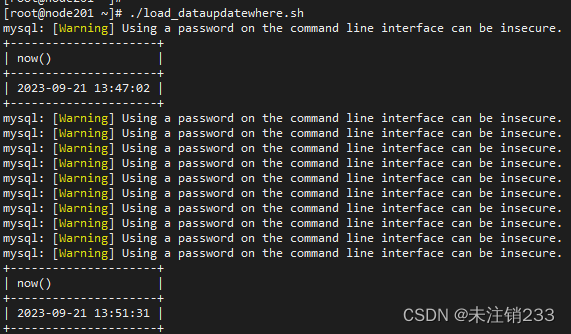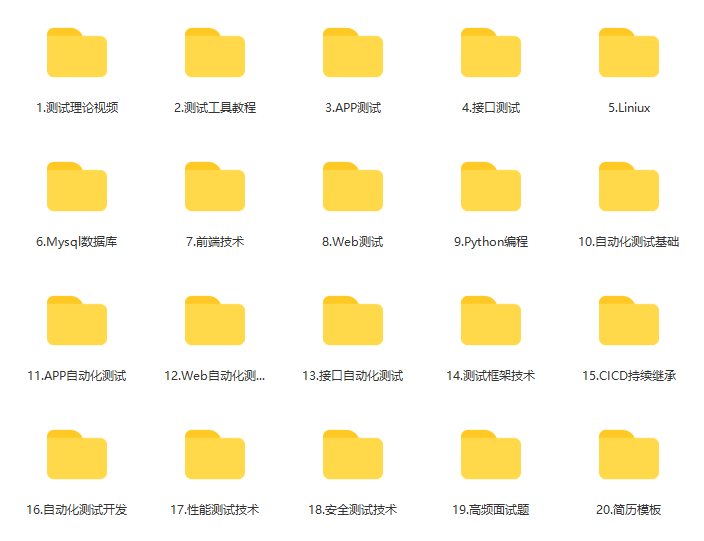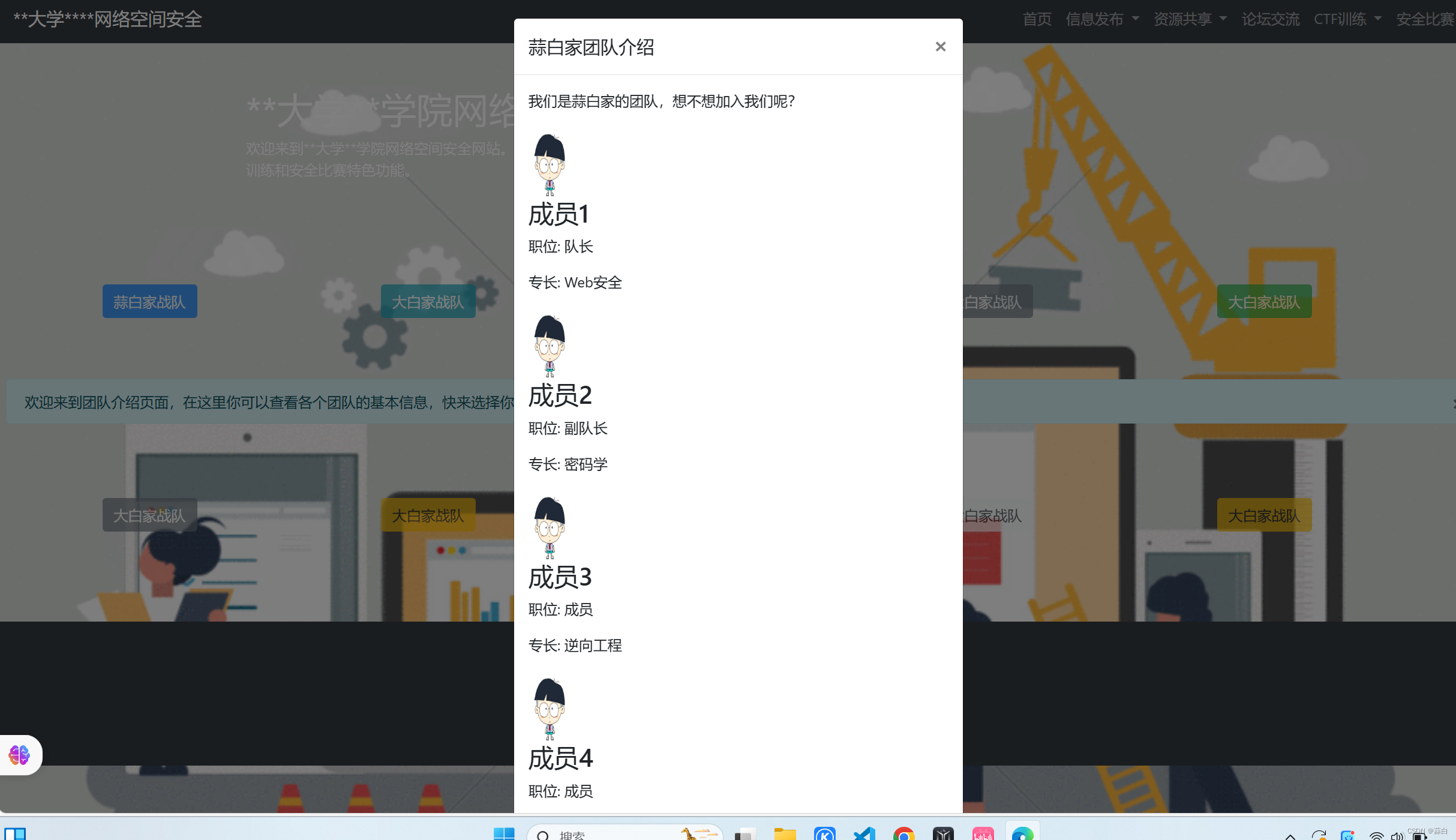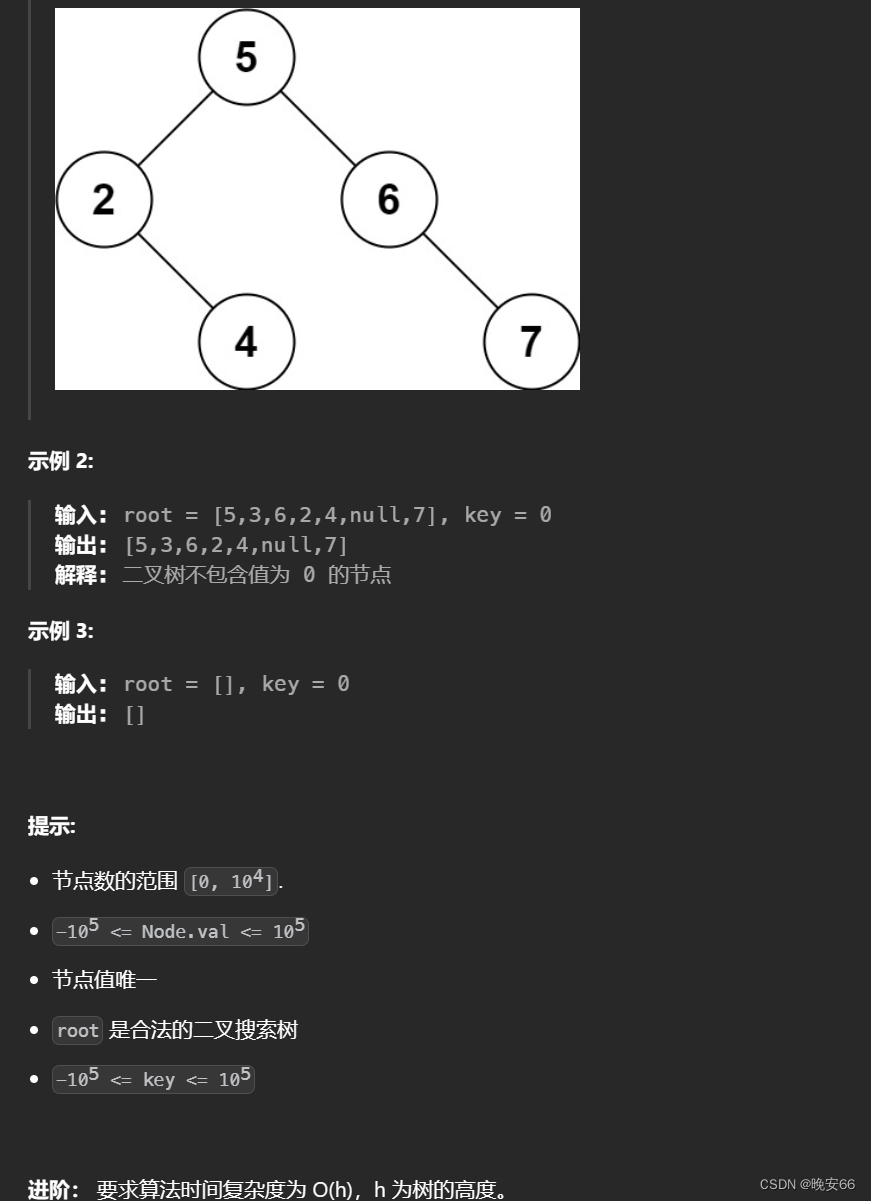IOC 容器代码
好了,说了这么多,下面要上一段容器的代码了. 下面这段代码不是laravel 的源码, 而是来自一本书《laravel 框架关键技术解析》. 这段代码很好的还原了laravel 的服务容器的核心思想. 代码有点长, 小伙伴们要耐心看. 当然小伙伴完全可以试着运行一下这段代码,然后调试一下,这样会更有助于理解.
<?php
//容器类装实例或提供实例的回调函数
class Container {
//用于装提供实例的回调函数,真正的容器还会装实例等其他内容
//从而实现单例等高级功能
protected $bindings = [];
//绑定接口和生成相应实例的回调函数
public function bind($abstract, $concrete=null, $shared=false) {
//如果提供的参数不是回调函数,则产生默认的回调函数
if(!$concrete instanceof Closure) {
$concrete = $this->getClosure($abstract, $concrete);
}
$this->bindings[$abstract] = compact('concrete', 'shared');
}
//默认生成实例的回调函数
protected function getClosure($abstract, $concrete) {
return function($c) use ($abstract, $concrete) {
$method = ($abstract == $concrete) ? 'build' : 'make';
return $c->$method($concrete);
};
}
public function make($abstract) {
$concrete = $this->getConcrete($abstract);
if($this->isBuildable($concrete, $abstract)) {
$object = $this->build($concrete);
} else {
$object = $this->make($concrete);
}
return $object;
}
protected function isBuildable($concrete, $abstract) {
return $concrete === $abstract || $concrete instanceof Closure;
}
//获取绑定的回调函数
protected function getConcrete($abstract) {
if(!isset($this->bindings[$abstract])) {
return $abstract;
}
return $this->bindings[$abstract]['concrete'];
}
//实例化对象
public function build($concrete) {
if($concrete instanceof Closure) {
return $concrete($this);
}
$reflector = new ReflectionClass($concrete);
if(!$reflector->isInstantiable()) {
echo $message = "Target [$concrete] is not instantiable";
}
$constructor = $reflector->getConstructor();
if(is_null($constructor)) {
return new $concrete;
}
$dependencies = $constructor->getParameters();
$instances = $this->getDependencies($dependencies);
return $reflector->newInstanceArgs($instances);
}
//解决通过反射机制实例化对象时的依赖
protected function getDependencies($parameters) {
$dependencies = [];
foreach($parameters as $parameter) {
$dependency = $parameter->getClass();
if(is_null($dependency)) {
$dependencies[] = NULL;
} else {
$dependencies[] = $this->resolveClass($parameter);
}
}
return (array)$dependencies;
}
protected function resolveClass(ReflectionParameter $parameter) {
return $this->make($parameter->getClass()->name);
}
}
依赖注入
创建接口 + 实现接口: 1,定义一个名为"Pay"的接口,接口定义了实现类必须提供的方法pay() 2,创建一个实现类Alipay,在这个例子中,Alipay类实现了Pay接口,意味着它必须实现接口中定义的所有方法。
//支付类接口
interface Pay
{
public function pay();
}
//支付宝支付
class Alipay implements Pay {
public function __construct(){}
public function pay()
{
echo 'pay bill by alipay';
}
}
//微信支付
class Wechatpay implements Pay {
public function __construct(){}
public function pay()
{
echo 'pay bill by wechatpay';
}
}
//银联支付
class Unionpay implements Pay {
public function __construct(){}
public function pay()
{
echo 'pay bill by unionpay';
}
}
//付款
class PayBill {
private $payMethod;
public function __construct( Pay $payMethod)
{
$this->payMethod= $payMethod;
}
public function payMyBill()
{
$this->payMethod->pay();
}
}上面的代码就生成了一个容器,下面是如何使用容器
$app = new Container();
$app->bind("Pay", "Alipay");//Pay 为接口, Alipay 是 class Alipay 支付宝支付
$app->bind("tryToPayMyBill", "PayBill"); //tryToPayMyBill可以当做是Class PayBill 的服务别名
//通过字符解析,或得到了Class PayBill 的实例
$paybill = $app->make("tryToPayMyBill");
//因为之前已经把Pay 接口绑定为了 Alipay,所以调用pay 方法的话会显示 'pay bill by alipay '
$paybill->payMyBill(); 好了,当我们把容器的概念理解了之后,我们就可以理解下为什么要用接口这个问题了. 如果说我不想用支付宝支付,我要用微信支付怎么办,too easy.
$app->bind("Pay", "Wechatpay");
$app->bind("tryToPayMyBill", "PayBill");
$paybill = $app->make("tryToPayMyBill");
$paybill->payMyBill();是不是很简单呢, 只要把绑定从’Alipay’ 改成 ‘Wechatpay’ 就行了,其他的都不用改. 这就是为什么我们要用接口. 只要你的支付方式继承了pay 这个接口,并且实现pay 这个方法,我们就能够通过绑定正常的使用. 这样我们的程序就非常容易被拓展,因为以后可能会出现成百上千种的支付方式.
逻辑描述
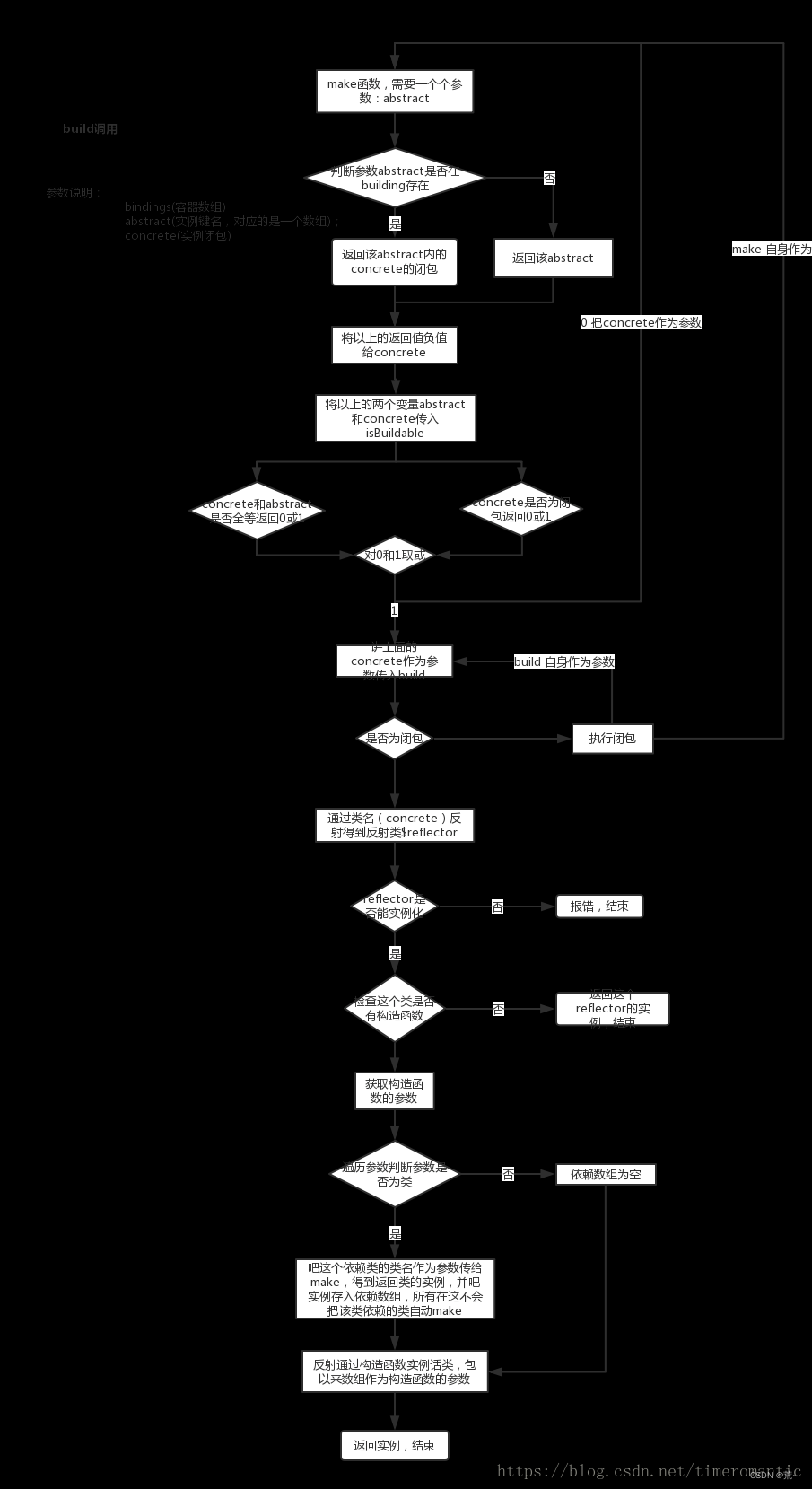
当我们实例化一个Container得到 $app 后, 我们就可以向其中填充东西了
$app->bind("Pay", "Alipay");
$app->bind("tryToPayMyBill", "PayBill"); 当执行完这两行绑定码后, $app 里面的属性 $bindings 就已经有了array 值,是啥样的呢,我们来看下
array:2 [
"App\Http\Controllers\Pay" => array:2 [
"concrete" => Closure {#355
class: "App\Http\Controllers\Container"
this:Container{[#354](http://127.0.0.4/ioc#sf-dump-254248394-ref2354) …}
parameters: array:1 [
"$c" => []
]
use: array:2 [
"$abstract" => "App\Http\Controllers\Pay"
"$concrete" => "App\Http\Controllers\Alipay"
]
file: "C:\project\test\app\Http\Controllers\IOCController.php" line: "119 to 122"
}
"shared" => false
]
"tryToPayMyBill" => array:2 [
"concrete" => Closure {#359
class: "App\Http\Controllers\Container"
this:Container{[#354](http://127.0.0.4/ioc#sf-dump-254248394-ref2354) …}
parameters: array:1 [
"$c" => []
]
use: array:2 [
"$abstract" => "tryToPayMyBill"
"$concrete" => "\App\Http\Controllers\PayBill"
]
file: "C:\project\test\app\Http\Controllers\IOCController.php" line: "119 to 122"
}
"shared" => false
]
]当执行 $paybill = $app->make(“tryToPayMyBill”); 的时候, 程序就会用make方法通过闭包函数的回调开始解析了.
解析’tryToPayBill’ 这个字符串, 程序通过闭包函数 和build方法会得到 ‘PayBill’ 这个字符串,该字符串保存在$concrete 上. 这个是第一步. 然后程序还会以类似于递归方式 将$concrete 传入 build() 方法. 这个时候build里面就获取了$concrete = ‘PayBill’. 这个时候反射就派上了用场, 大家有没有发现,PayBill 不就是 class PayBill 吗? 然后在通过反射的方法ReflectionClass(‘PayBill’) 获取PayBill 的实例. 之后通过getConstructor(),和getParameters() 等方法知道了 Class PayBill 和 接口Pay 存在依赖
//$constructor = $reflector->getConstructor();
ReflectionMethod {#374
+name: "__construct"
+class: "App\Http\Controllers\PayBill"
parameters: array:1 [
"$payMethod" => ReflectionParameter {#371
+name: "payMethod"
position: 0 typeHint: "App\Http\Controllers\Pay"
}
]
extra: array:3 [
"file" => "C:\project\test\app\Http\Controllers\IOCController.php"
"line" => "83 to 86"
"isUserDefined" => true
]
modifiers: "public"
}
//$dependencies = $constructor->getParameters();
array:1 [
0 => ReflectionParameter {#370
+name: "payMethod"
position: 0
typeHint: "App\Http\Controllers\Pay"
}
]接着,我们知道了有’Pay’这个依赖之后呢,我们要做的就是解决这个依赖,通过 getDependencies($parameters), 和 resolveClass(ReflectionParameter $parameter) ,还有之前的绑定$app->bind(“Pay”, “Alipay”); 在build 一次的时候,通过 return new $concrete;到这里我们得到了这个Alipay 的实例
if(is_null($constructor)) {
return new $concrete;
}到这里我们总算结局了这个依赖, 这个依赖的结果就是实例化了一个 Alipay. 到这里还没结束
$instances = $this->getDependencies($dependencies);上面的$instances 数组只有一个element 那就是 Alipay 实例
array:1 [0 =>Alipay
{#380}
]最终通过 newInstanceArgs() 方法, 我们获取到了 PayBill 的实例。
return $reflector->newInstanceArgs($instances);
到这里整个流程就结束了, 我们通过 bind 方式绑定了一些依赖关系, 然后通过make 方法 获取到到我们想要的实例. 在make中有牵扯到了闭包函数,反射等概念.


